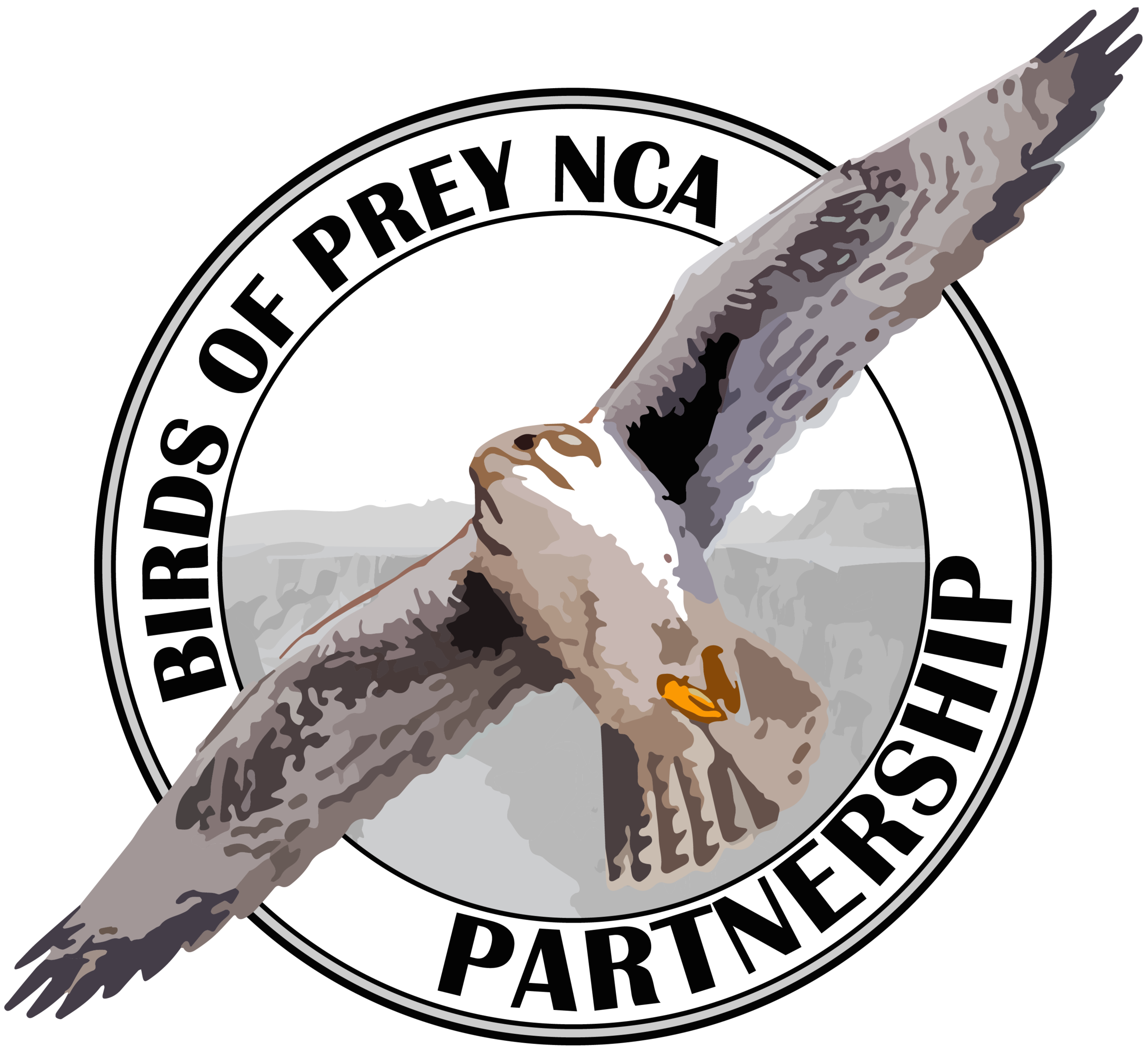2021virtual Raptor Presentations
You can view all of the fascinating talks featured in the 2021 Raptor Fest virtual program on our Facebook page, and read about each session below.
Session description: Sparked by a localized population decline, the Intermountain Bird Observatory (IBO) began studying the Long-billed Curlew over a decade ago and have made some pretty amazing discoveries along the way. Long-billed Curlew populations of southwestern Idaho are declining at an alarming rate placing them on Idaho’s “Species of Greatest Conservation Need” list. With the use of satellite transmitter technology, the IBO is gaining valuable data as to why. Join us for first-hand field accounts from Heather Hayes, a research biologist and Community Science Coordinator for the IBO and learn about the biology of these charismatic birds including information about their habitats, nesting requirements and migratory journey. We will also discuss how satellite technology still continues to uncover some of their mysteries and is also connecting communities across national and international borders.
Session description: The Department of Defense and the Idaho Army National Guard (IDARNG) has been training in the area known as the Orchard Combat Training Center (OCTC) since the 1940’s. In 1993 the Morley Nelson Snake River Birds of Prey National Conservation Center (NCA) was established to protect the highest density of nesting raptors in North America, and arguably the world. This presentation shows how the IDARNG has actively managed the natural and cultural resources of the OCTC in such a manner as to not only be a compatible use within the NCA, but has some of the best raptor habitat in the NCA, which is associated with the largest residual stand of sagebrush in the NCA.
Session description: Eden’s research is focused on the movement ecology of individual breeding prairie falcons in the Birds of Prey NCA. Using GPS/GSM wildlife telemetry, She aims to understand how their foraging movements are influenced by habitat composition, disturbance characteristics, and prey abundances to inform future conservation decisions and restoration strategies. She will discuss the goals of the project, how local sagebrush is changing, what they hope to learn about the NCA ecosystem by tracking falcons using GSM telemetry and what is important about where they fly, why prairie falcons (and raptors/predators) are important, their history at the NCA, what field work was like, and how results might affect future conservation or restoration. There'll be a lot of photos, a flight animation of "a day in the life of a male Prairie Falcon", and some maps of where they go after they leave the NCA and why they leave.
Session description: Horned larks are an abundant songbird at the Birds of Prey NCA and across their range. Even though horned larks are common, their populations are declining, which makes it important to consider how human activities affect this species. Madeline studies how outdoor recreation impacts horned larks at the Birds of Prey NCA. This research team finds and monitors horned lark nests in areas with high and low recreational use, then compare the percentage of successful nests (chicks hatch and leave the nest) between sites. They’re also learning some basic information about horned larks breeding in this area, including the timing of the breeding season, which nest sites birds choose, and the length of time spent incubating eggs and taking care of nestlings. They hope that this study can provide information that helps outdoor recreationists and horned larks continue to use the Birds of Prey NCA for many years to come.
Session description: Did you know that most of Africa’s vultures are critically endangered? Their populations have undergone large declines in recent decades. And while many people have heard about the poaching of elephants and rhinos, the silent demise of Africa’s vultures has been practically unnoticed and may bring potentially large and unknown implications for human wellbeing. Join Darcy Ogada of The Peregrine Fund to learn more about the threats and importance of vultures and about the ongoing conservation work in northern Kenya that is aimed at saving them.
Session description: Ariana will share some of what she learned from conducting her Master’s research on ferruginous hawks in the NCA. While her research was focused on the prevalence of poisoning from rodenticide, she will also share some of what she learned about the breeding ecology of this fascinating raptor species. Her presentation will feature some of the amazing photos and video clips that she captured by placing remote cameras at ferruginous hawk nests in the NCA.






